Faced with increasingly stringent air quality regulations, we will see an increasing need for FGD (flue gas desulfurization) units, efficient devices to remove SO2 of the flue gas from a coal-fired power station. That will bring a moderate increase in limestone-based sorbents consumption.
Therefore, the demand for limestone mills that ensures the timely supply of limestone powder for the FGD unit surges.
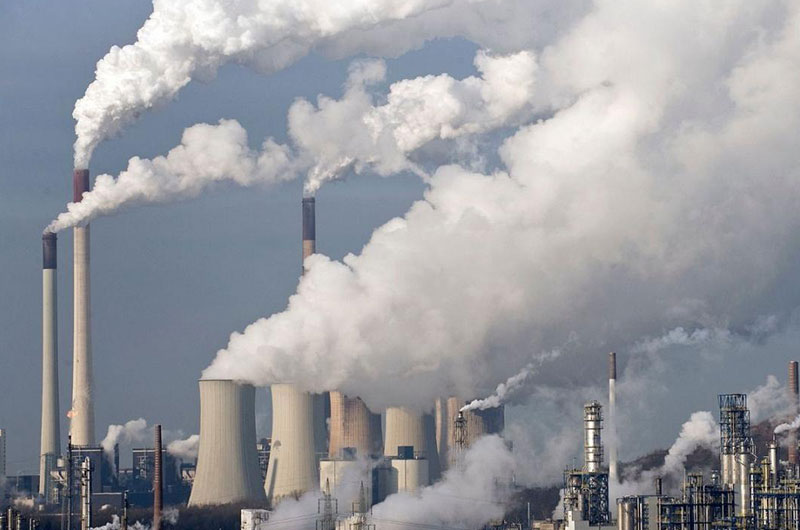
With respect to the ways of introducing the sorbent into the desulphurization system and receiving the products, the following methods are distinguished: dry, semi-dry, and wet. The Wet Flue Gas Desulphurization (WFGD) is the most commonly used method and the most efficient as shown in the table below:
| Desulphurization methods | The effectiveness of flue gas desulphurization (%) |
| Dry FGD | 80-90 |
| Semi dry FGD | 60-90 |
| Wet FGD | ≥96 |
The absorbent required by the WFGD is generally limestone slurry made from the limestone rocks mined from limestone mining quarry through crushing, milling, and pulping. Spray the limestone slurry into the absorption tower, where the SO2 in the flue gas is absorbed. And further reaction takes place in the reaction tower to produce the by-product gypsum.
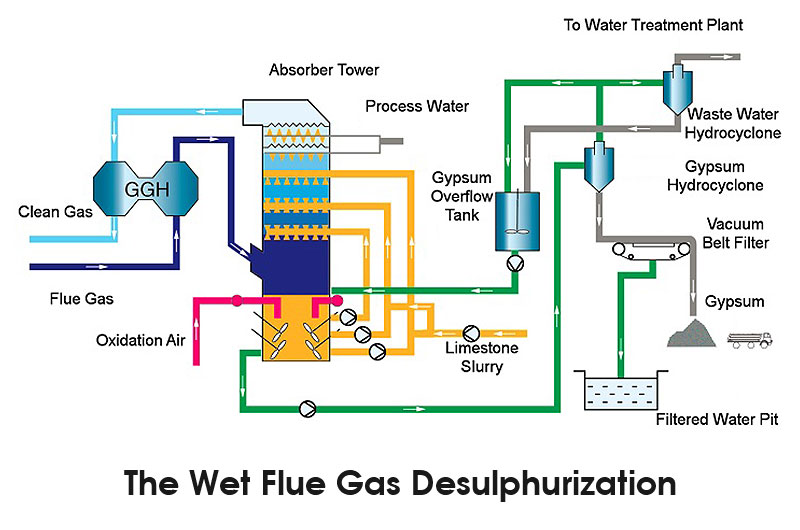
A stable supply of limestone powder is a prerequisite for the operation of the FGD system. How many limestone supply methods do power plants have? Which one is more economical?
3 Major Limestone Supply Methods for FGD
There are 3 prevailing limestone supply methods for FGD, namely,
- 1Outsorced limestone powder for FGD;
- 2Self-built dry limestone mills outside the coal-fired power plants;
- 3Self-built wet limestone mills inside the coal-fired power plants.
For decades, we have been optimizing limestone mills to meet specific customer needs. We now offer a wide range of technologies that we will customize to meet all your process and performance requirements, maximizing your benefit.
To meet the market demand for FGD limestone powder in power plants, Fote has developed a variety of limestone grinders. The most popular dry grinders are Raymond mills and ultra-fine mills, and the most favorable wet grinders are ball mills.
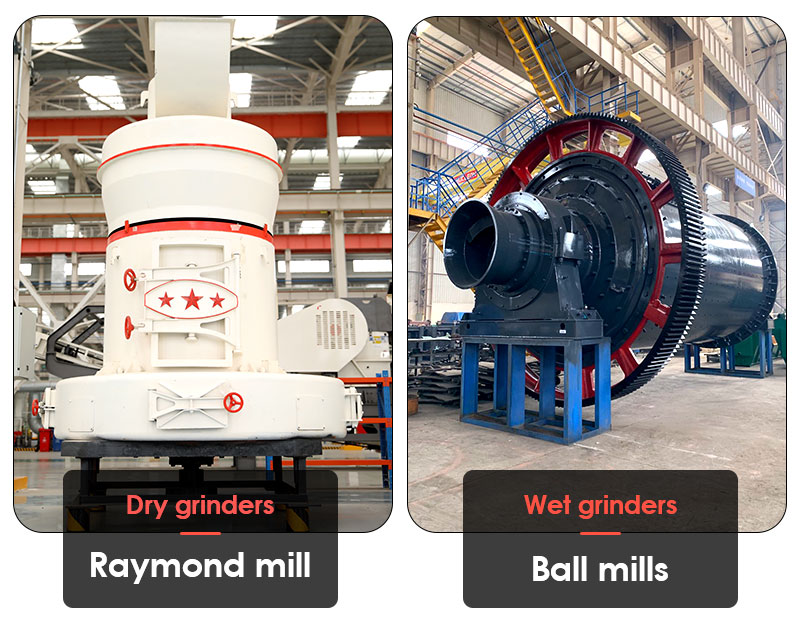
Outsorced Limestone Powder for FGD
If you choose to buy limestone powder for FGD, you will need to follow the steps below to make the limestone slurry:
Purchase: buy limestone powder on the market. The limestone powder for FGD is a minimum of 90% passing 325 mesh.
Transportation: deliver the limestone to the power plant in a closed tank car, sent into the limestone powder bin by a hydraulic cyclone.
Pulping: mix the limestone powder with water in the limestone slurry tank placed under the bin to make qualified limestone slurry.
Self-built Dry Limestone Mills Outside the Coal-fired Power Plants
In a dry limestone mill, the limestone processing flow is as flows:
Grinding: grind the purchased limestone fragments with particle size less than 20mm in the dry-type limestone grinders.
Classification: use a classification device to pick out the qualified limestone powder and send the coarse ones back to the limestone grinder for regrinding.
Collection: the fine limestone powder is collected by a bag collector.
Pulping: mix the limestone powder with water to make limestone slurry in the slurry tank placed under the bin.
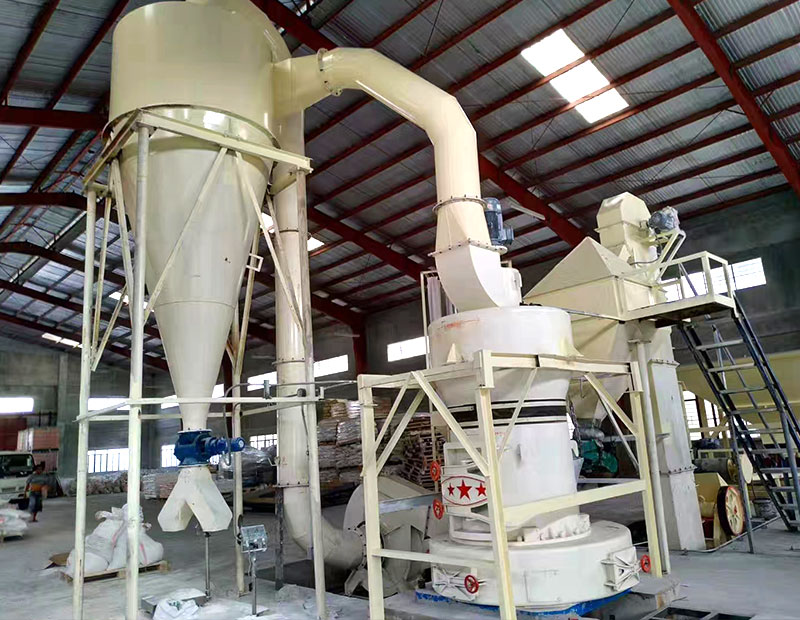
Self-built Wet Limestone Mills Inside the Coal-fired Power Plants
In a dry limestone mill, the limestone processing flow is as follows:
Grinding: grind the purchased limestone fragments with particle size less than 20mm in the wet-type limestone ball mill.
Classification: pump the limestone slurry flowing out of the ball mill into the classification device to pick out the qualified limestone powder and recycle the coarse ones to the ball mill.
Pumping: pump the limestone slurry into the absorption tower.
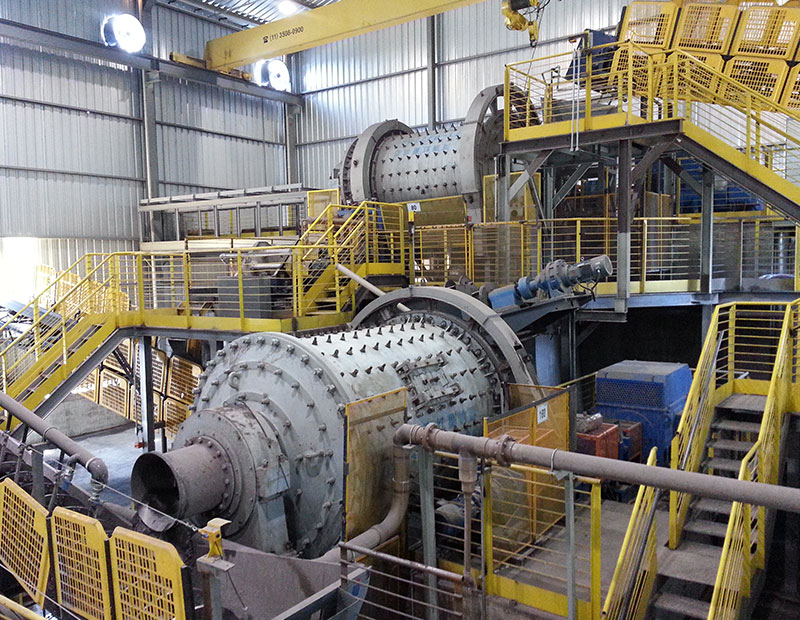
Comparison Between Dry Limestone Mill and Wet Limestone Mill
Storage: they both adopt continuous working mode. The dry mill can store the limestone powder in the powder bin, while the wet mill can't store the slurry. To store a large amount of limestone slurry, you need a giant slurry tank, which is not economical.
Operability: dry limestone mills have a variety of dry-type mills to choose from, whereas wet limestone mills only have limestone ball mills to choose from.
Environment: people often build the dry limestone mill outside the power plant as it needs multiple machines and a large site. No noise pollution and dust pollution in the power plant. In a wet limestone mill, the opposite appears to be the case.
Comparison of 3 Limestone Preparation Systems
Taking a WFGD project for two 500mw units in China as an example, different limestone preparation systems are compared and analyzed.
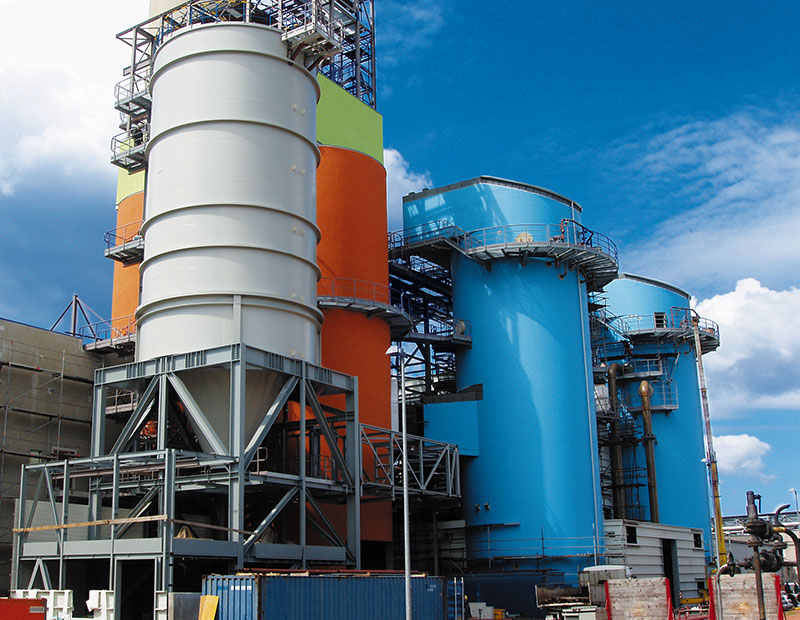
The consumption of limestone is calculated as follows:
Limestone consumption
| Unit | Hourly consumption | Daily consumption | Annual consumption |
| t | 13.46 | 269 | 80760 |
Noes:
(1) The daily operation is 20 hours, and the annual is 6000 hours.
(2) Outsourced limestone powder is 325 mesh, limestone blocks is finer than 20mm.
(3) The limestone powder (block) stored in the preparation system can run two units for three days under BMCR (Boiler Maximum Continuous Rating) condition, limestone slurry for 4 hours.
(4) The expenses incurred up before the entrance of the limestone slurry tank are included in the investment estimate.
Comparison Table of Main Equipment Parameters of the 3 Methods
| Project | Unit | Limestone powder | Dry limestone mill | Wet limestone mill |
| Conveying system | t/h | N/A | 50 | 50 |
| Limestone blocks silo | m2 | N/A | 730 | 730 |
| Belt weigh feeder | t/h | N/A | 0-11/2 sets | 0-11/2 sets |
| Daily output | t/h | N/A | 11 | 11 |
| Mill auxiliary conveying equipment | N/A | N/A | Negative pressure fan | Circulating pump |
| Classification device | N/A | N/A | Bag powder collector | Limestone slurry hydro cyclone station |
| Limestone powder bin | m3 | 950/1 set | 320/1 set | N/A |
| Fluidized air system in powder bin | N/A | 1 set | 1 set | N/A |
| Bag dust filter | N/A | 1 set | 2 sets | 1 set |
| Bag powder collector | N/A | N/A | 2 sets | N/A |
| Belt weight feeder | t/h | 0-11/2 sets | 0-11/2 sets | N/A |
| Limestone slurry tank | m3 | 180 | 180 | 180 |
Comparison Table of Investment Estimates for the 3 Methods
Presume that the life of WFGD is 30 years, regarding the powder purchase method as a benchmark, the price difference between the dry limestone mill and it is 12.9 million yuan, and the annual fixed investment after equalization is 430,000 yuan. In wet limestone mill case, figures are 9.52 million yuan and 320,000 yuan.
| Project | Unit | Limestone powder | Dry limestone mill | Wet limestone mill |
| Fixed asset investment difference | Ten thousand | 0 | 43 | 32 |
| Limestone cost | Ten thousand | 726 | 201.9 | 201.9 |
| Electricity bill | Ten thousand | 3.6 | 72 | 72 |
| Water bill | Ten thousand | 7 | 10 | 14 |
| Maintenance cost | Ten thousand | 2 | 26 | 20 |
| Total cost | Ten thousand | 743.6 | 412.9 | 339.9 |
Notes:
(1) The cost of limestone powder is 90 yuan/ton, and the cost of limestone stone is 25 yuan/ton.
(2) The electricity fee is calculated based on the average on-grid electricity price is 0.2 yuan.
Conclusion
As can be seen from the above two tables, the outsourced limestone powder method has the least investment in equipment, but the cost of purchasing limestone is higher. In the following two cases, it is more advantageous to buy limestone powder:
(1) The limestone quarry is not far from the power plants, and it has enough limestone crushers and limestone grinders, and the limestone powder is of high quality and reasonable price.
(2) The consumption of limestone is low due to the burning of low-sulfur coal.
Due to the large consumption of limestone, it is best for the large-scale power plants burning high-sulfur coal to build their own dry or wet limestone grinding mill. It's more economical.
When choosing a dry mill or a wet mill, it is necessary to comprehensively consider the space inside the power plant and the equipment investment budget and so on.
In view of the differences in land costs, labor costs, water costs, etc., the above examples of different absorbent preparation schemes for a power plant in China are only for reference.

